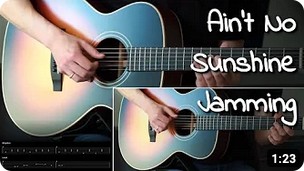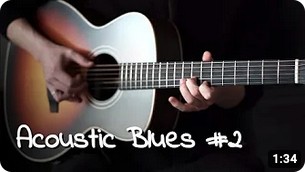Reading chord diagrams
The chord diagrams on this website contain a lot of information that can easily be confusing. Here's how to read them.
Table of contents
- Examples of chord diagrams
- What do X and O at the top of the chord diagram stand for?
- What is the order of the strings in the chord diagrams?
- What do the numbers in the circles mean?
- What do the letters below the strings mean?
- What do the numbers below the letters mean?
- The second chord diagram example looks different. Why?
- See also
Examples of chord diagrams

What do X and O at the top of the chord diagram stand for?
X means that the corresponding string should not be played. O means that the corresponding string should be played without fretting the string (playing the open string).
What is the order of the strings in the chord diagrams?
The low E string is on the left and the high E string is on the right.
What do the numbers in the circles mean?
The number in the circle indicates which finger you should use to fret a string. The image below shows which finger corresponds to which number.

What do the letters below the strings mean?
The letter below a string indicates which note is currently fretted.
What do the numbers in brackets at the bottom mean?
The numbers in brackets indicate the interval that is currently fretted. The interval is the distance between the root note of a chord and the current note, but more on this in the introduction to intervals.
The second chord diagram example looks different. Why?
In contrast to the diagram on the left, the diagram on the right does not show a specific chord but a chord shape. The shape needs to be moved around the neck to get a specific chord.

